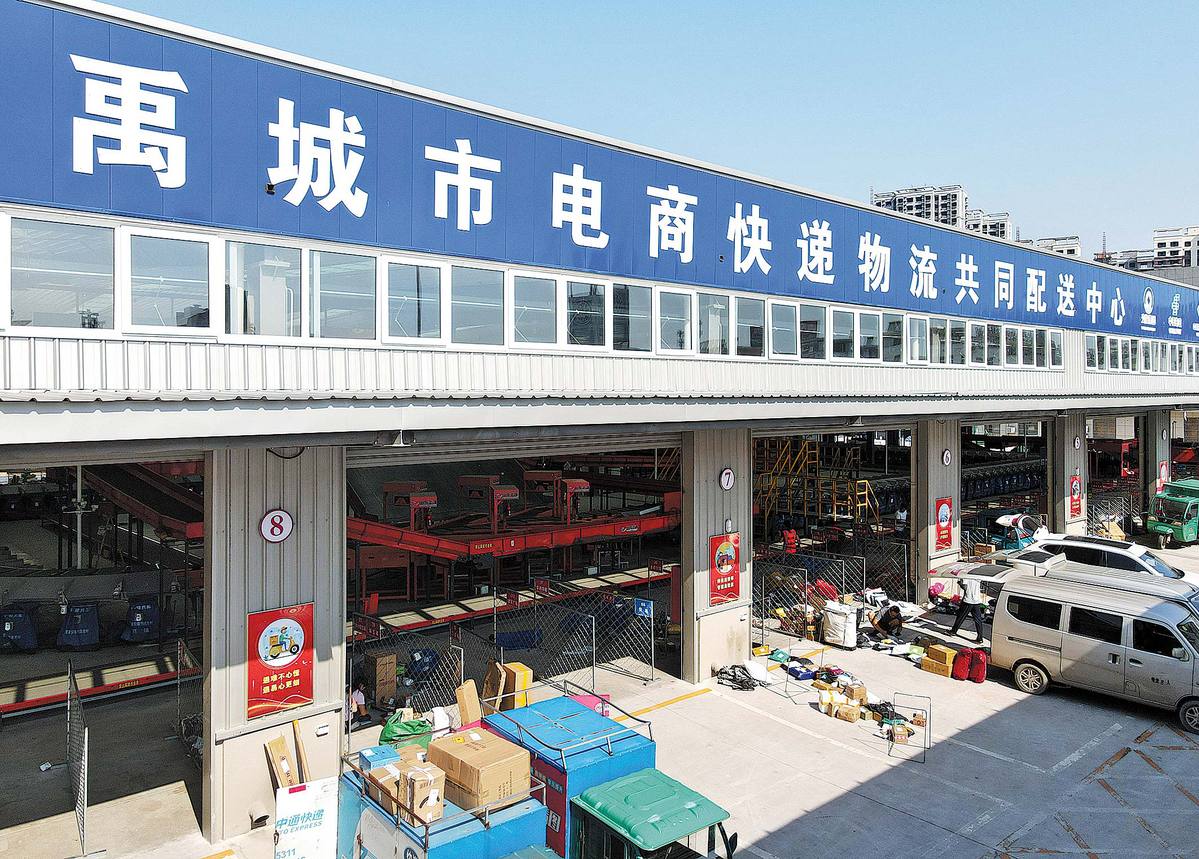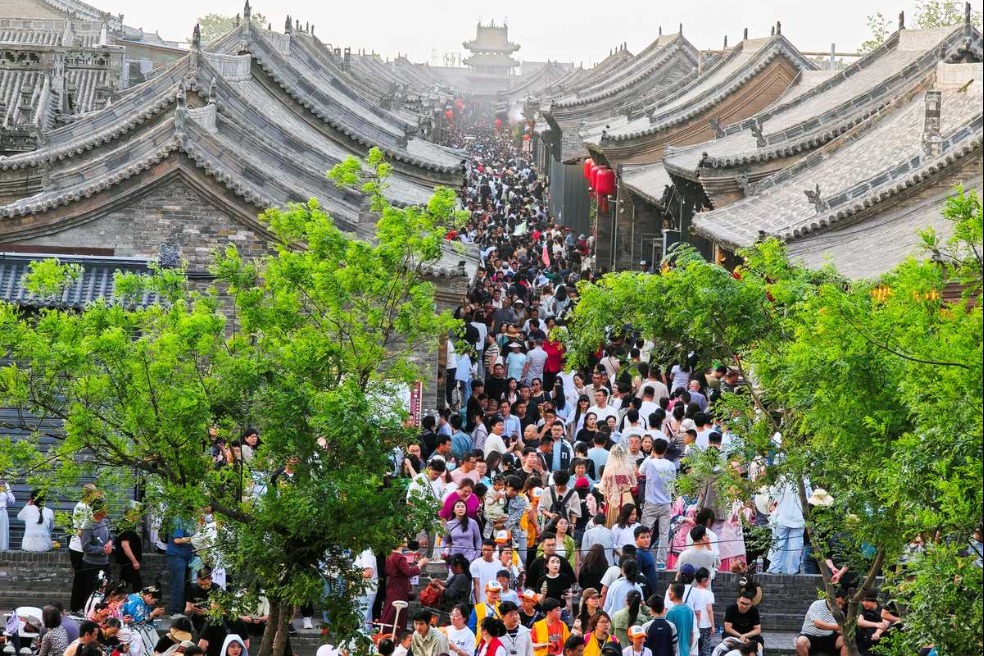Integrated parcel services delivering satisfaction


Collection convenience
Some young children and elderly people were also collecting parcels at the center.
"Before, the villagers didn't usually write their address in detail. They just wrote the name of the local township (because parcels were only sent to towns) and picked up their parcels there. Now, many villagers write their home address because parcels can be delivered to villages, which are closer to their homes," said Liu Yu, director of the Yucheng Transport Commission's postal development center.
In a grocery store in Qiyao, a village in Yucheng's Anren town, many parcels from different parts of the country were stacked up, including mooncakes from South China, snacks and many daily commodities.
On Aug 30, local villagers stopped by, picked up their parcels from the shelf and scanned a code at the counter. Many of them were seniors, but some were children.
"Before, the villagers had to travel to the town to pick up their parcels, but now they come to my store to collect them. More people are visiting my store and I have a higher income," said Pang Xiaolian, who owns the store.
About 20 to 30 parcels arrive at Pang's store every day, but during peak periods, the number can reach about 100.
Li Jun's grocery store in Yucheng's Nansun village has become more popular since June, when the buses that carry parcels began stopping in the village.
"Many local people come to pick up their parcels at my store," the 66-year-old said.
At about 10 am, Li receives parcels from the scheduled bus. He registers them and stacks them, which makes it easier for villagers to collect their goods.
"In the past, villagers had to travel at least 30 minutes to pick up their parcels in the town. Now, they just walk to my grocery store and collect them," Li said, adding that about 100 to 200 parcels are delivered to his premises every day.
Agricultural produce
The improvement of the rural logistics system has not only boosted the movement of manufactured goods from the urban to rural areas, but also facilitated the transit of agricultural produce in the opposite direction.
In Qiyao, many villagers make a living by growing pears. "Now, people can easily send their pears to customers in other parts of the country (via the rural parcel delivery network)," said Liu Xiangzhu, the village head.
Ren Fengying, who owns a pear orchard in the village, has been growing the fruit for more than 30 years. She never used to worry about selling her crop.
"When the harvest season approached, usually in September, many customers drove to my orchard to buy pears. My pears are of good quality and very sweet, with thin skins," she said.
However, she faced a big challenge in September last year as the COVID-19 epidemic meant that fewer customers traveled to her orchard to buy fruit.
However, assisted by the local rural vitalization center, her pears sold out in a week via a livestream on a short-video platform and were sent out via the local parcel delivery network.
- Xi's inspiring words to the youth
- Tiangong returns key samples for health and materials research
- Chinese hydropower worker's 30-year journey of giving
- Light your dreams with passion
- From muggles to birders, quiet hobby finds its wings
- Two-way tourism between China, Europe gathers pace over May holiday





































